This is going to be an interesting article since it’s about marriage. And to all the Hausa people and the rest of the world, marrying a Hausa girl is quite a rollercoaster. So for the rest of the world who don’t really know the process of how to marry a Hausa girl, this is a detailed step-by-step process on that (Hausa wedding).
Though a large number of people in this region speak the Hausa language, different tribes among them have their own individual, unique dialects.
The Hausa traditional marriage is mostly based on Islamic teachings and is not as time-consuming or expensive as the Igbo and Yoruba traditional marriage ceremonies.
However, the process leading up to the marriage is slightly similar to what is obtained in other regions of Nigeria.
Hausa Wedding: The Process of Marrying a Hausa Girl
1. Approaching the Girl
2. Asking for Permission (Na Gani Ina So)
When a man meets the woman he wants to marry, he has to, first of all, seek permission from her parents.
3. The Investigation
The family of the bride-to-be will then conduct an investigation on the background of the man to determine his religious beliefs, ethics, morals, and family customs, as well as every important detail concerning his upbringing. The groom-to-be, if approved by the woman’s family, is allowed to see her briefly, but any form of physical contact, romance, or courting before marriage is highly discouraged.
3. Involving the Guy’s Parents/Guardians (Gaisuwa)
Once the woman accepts the marriage offer, the man sends his parents or guardians as well as elderly relatives to formally ask for her hand in marriage. However, this may not be the same for all the tribes in the Hausa communities, as each of them has different customs regarding marriage rites, though the process mentioned above is the most common method.
4. The Sa Rana (Dowry Bargain/Setting of Wedding Date)
On their trip to the bride’s family home to seek her parents’ consent, the groom’s family takes along items such as kola nuts, bags of salt, sweets, etc. It is during this visit that the groom’s parents will make their intentions known.
Gaisuwa is a kind of formal approval from the bride’s family to the groom’s. This is usually where the bargain for the bride’s dowry begins. The bride price starts from a minimum amount known as ‘Rubu’u Dinar‘ in Hausa, an Arabic phrase that means ‘quarter kilogram of gold piece’, to the highest amount the groom can afford to pay. It is most preferred for the bride price to be as low as possible because, according to Islamic teachings, the lesser the amount paid as the bride’s dowry, the more blessings that will come to the marriage.
Payment of the dowry is known as ‘sadaki‘. Also, the wedding date is fixed during this visit, by both families. The process of setting the date is called Sa Rana.
5. Arranging the Box (Lefe)
As part of Hausa tradition, it is the duty of the husband to provide a house for the couple to live in
6. The House Furniture (Kayan Daki)
Furnishing the house is the full responsibility of the bride’s family.
7. The Wedding Events
a. Kunshi
At the wedding Fatihah, women are to remain indoors, preparing the bride for her new life as a wife, which is referred to as Kunshi. The Kunshi is similar to a bridal shower.
b. Sa Lalle
This event is strictly for the ladies. This is when the bride gets to spend the last bit of free time with her friends and female members of her family, in her father’s house. A mixture of henna is made and used to make beautiful designs on the bride’s hands, palms, and legs. Her friends and family also get henna designs on their hands, but not as elaborately as those of the bride.
c. Mother’s Day/Kamun Amarya
Kamu means ‘catch the bride’ and it is one of the oldest and most interesting events in the Hausa wedding tradition. To get the bride, the groom’s family negotiates with the bride’s friends for her release. This is a really fun event, and negotiation may take up to 30 minutes, followed by a fun reception.
8. The Wedding Day/Wedding Fatiha
The Fatiha is the most significant event of the entire wedding ceremony. As opposed to what is obtained in many other cultures, in Hausa culture, it is a representative from the groom and bride’s family that usually exchanges vows, not the bride and groom themselves. They do this in the presence of a religious priest and wedding guests. Prayers are then offered to the newlywed couple, and the celebration continues.
9. Reception/Dinner (Walimah)
The wedding reception is known as a Walimah, and it is carried out according to the tastes of the families involved. It is usually held after the Fatihah, and it goes on for a whole day with food and drinks available for family, friends, and well-wishers.
10. Conveyance of the Bride (Kai Amarya)
This is when family and friends escort the bride to her matrimonial home to be well-received by the groom’s family. This is usually preceded by prayers and advice from her family. This is not the end of events in a Hausa marriage. Depending on how well-to-do the families are, there is usually a grand reception to end the entire wedding ceremony. This includes food, music, and entertainment.
11. Shiga Daki
12. Sayan Baki
In some parts of the north, this ceremony takes place to add more colour and glamour to the wedding ceremony.
The Sayan Baki is a negotiation between the groom’s men and the bridesmaids, debating on the amount to be paid before the bride is allowed to speak to her groom.
Conclusion
Hausa wedding, of course, is a sacred event and is done differently depending on Hausa tradition. Nowadays, it does not only limit itself to the traditions of Hausa land, but it has become a household thing, meaning that every household does its own differently. However, the general one is the one listed in this article.
Thank you very much for your time, and I hope you enjoyed this piece. Feel free to give us a positive comment in the comments section below.
There are some interesting things to know before you marry a Hausa lady. You can check it out. Don’t forget to also check the ultimate wedding preparation checklist.
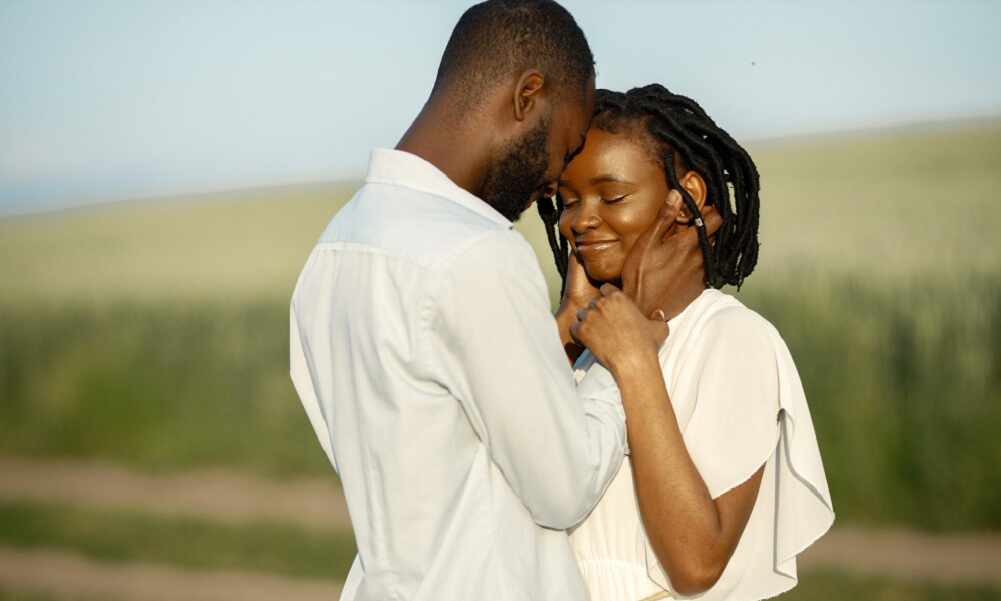

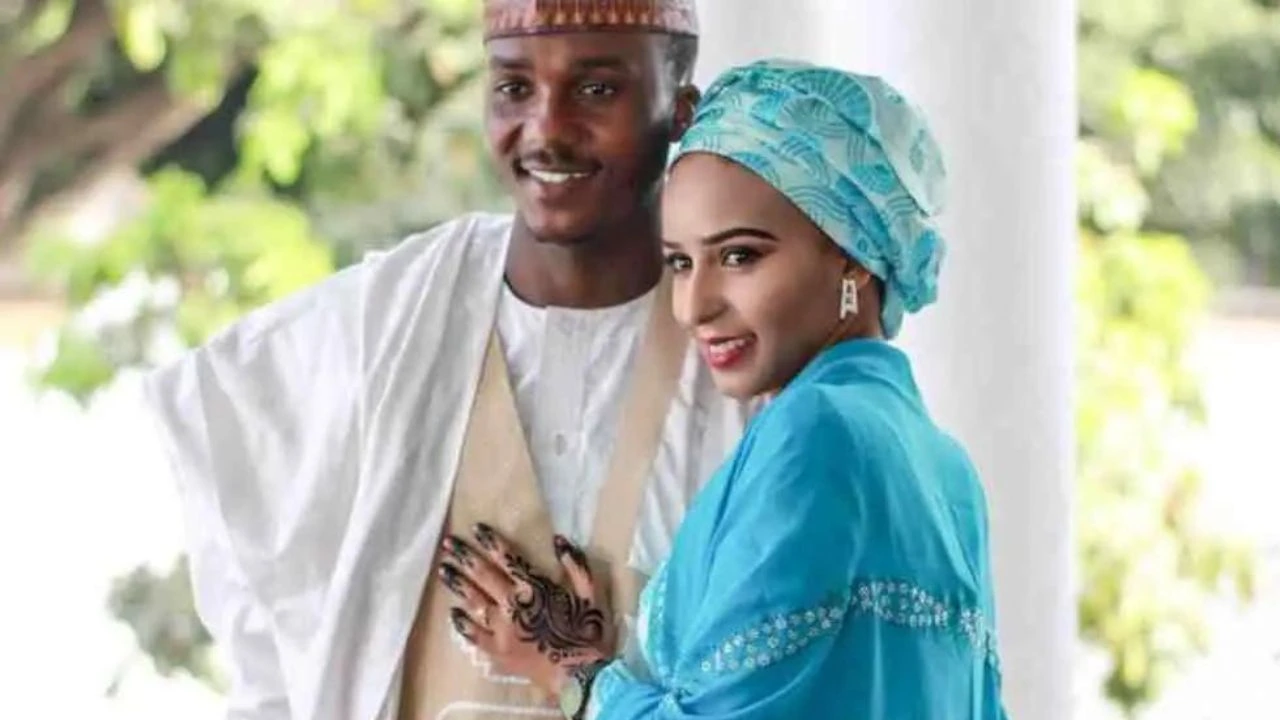
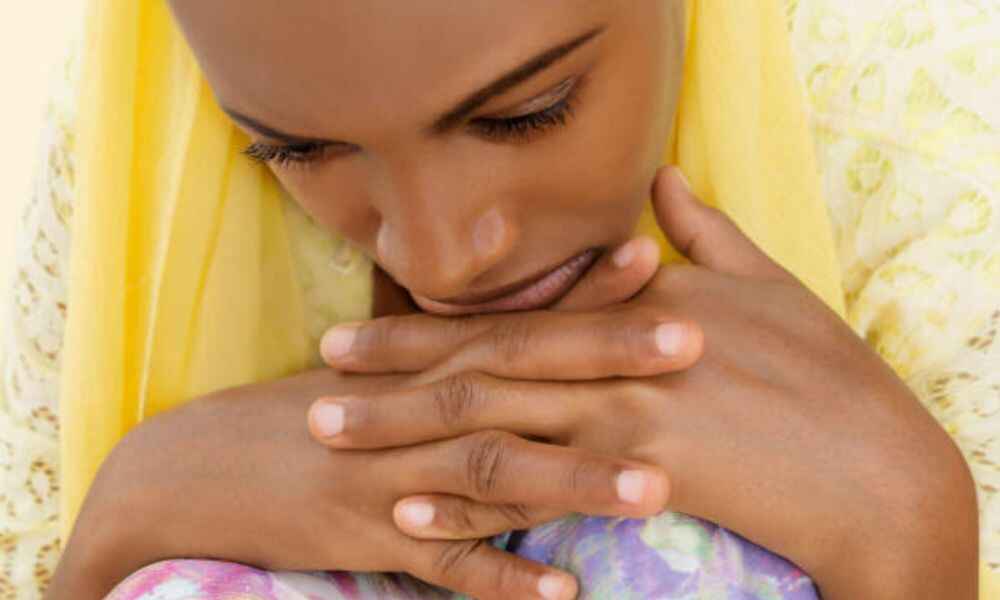

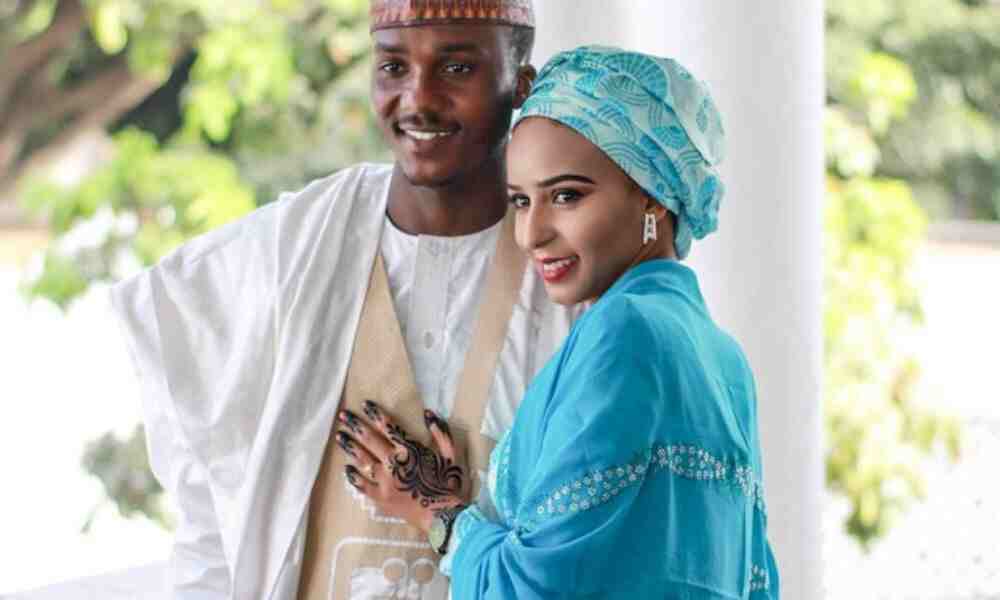






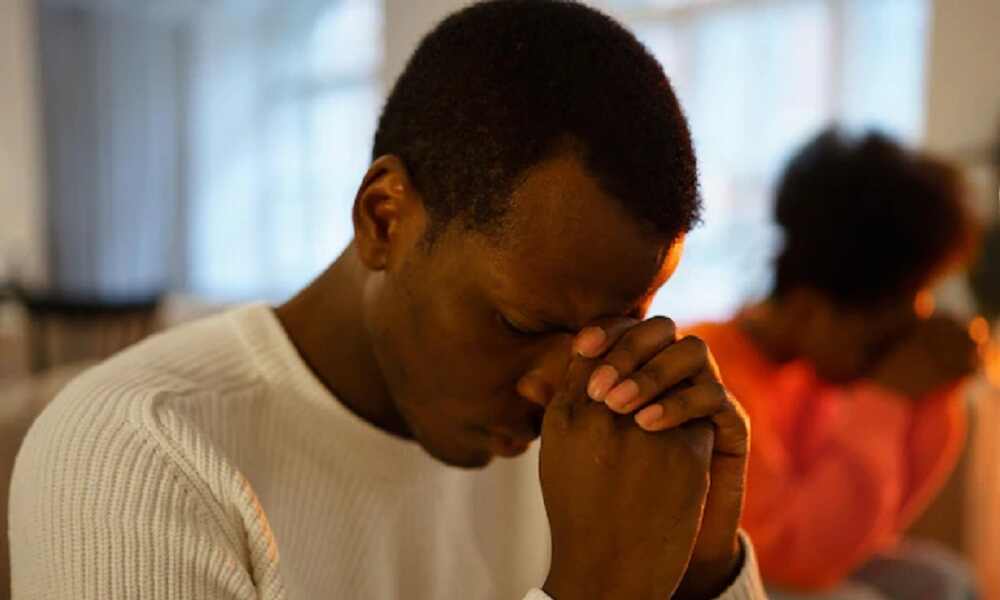















0 Comments